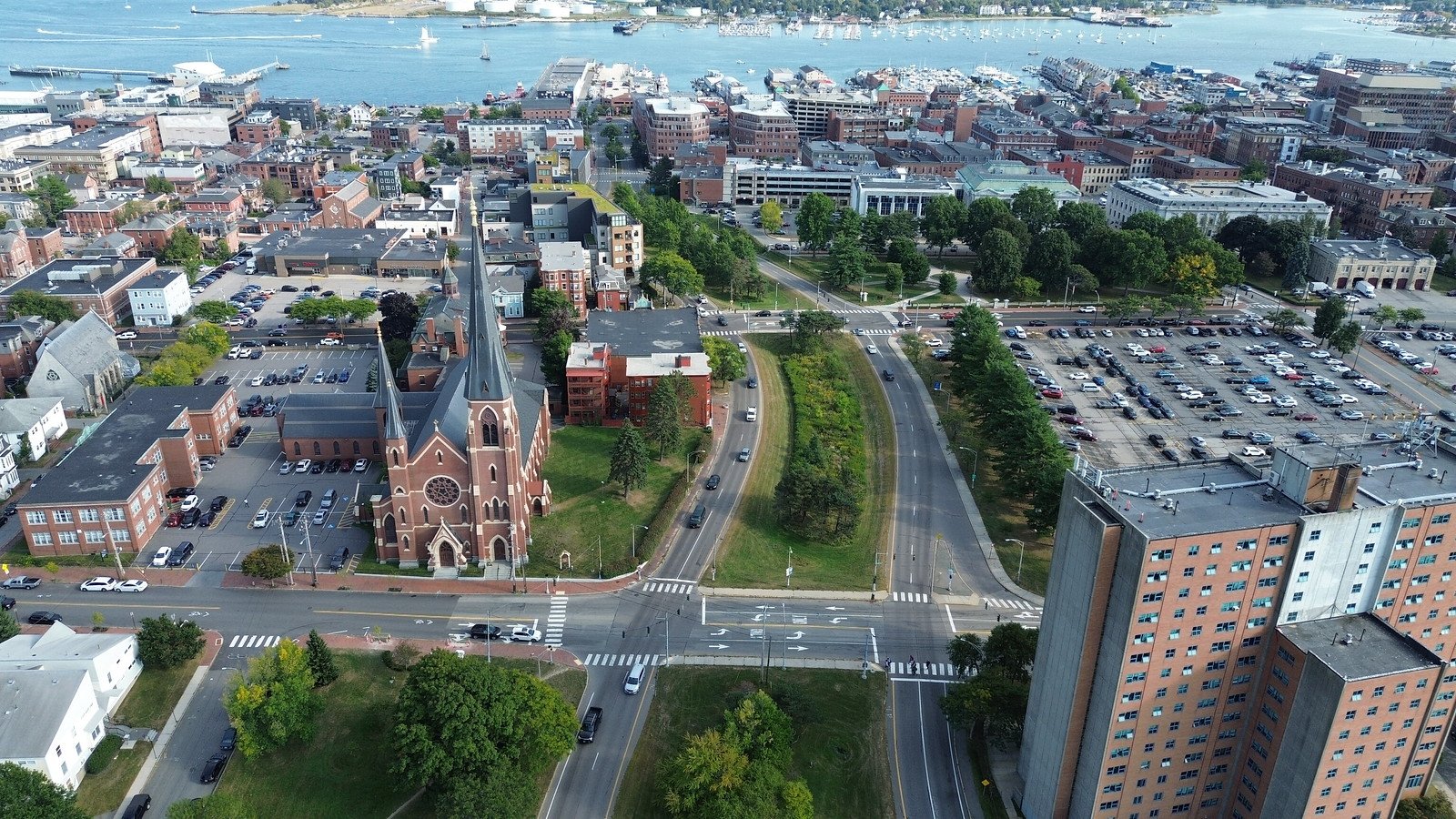
Project Updates
Community Design Workshop (June 2025)
On June 26 and 27, the City hosted a two-day Community Design Workshop. This interactive event included walking tours, stakeholder roundtables, and two public design workshops. Participants consistently raised concerns about pedestrian safety, poor intersection design, and neighborhood isolation. There was widespread support for narrowing the corridor to unlock land for housing, green space, and community amenities. Stakeholders emphasized the need for infrastructure improvements, affordable housing, and thoughtful urban design that balances development with environmental resilience. Ideas such as Bus Rapid Transit and reconnecting the street grid were discussed, alongside strategies for funding and phased implementation.
Survey (April - June 2025)
Between April and June, 430 respondents engaged with an online survey about the future of Franklin Street. Survey responses revealed strong public support for a safe, inclusive, multi-modal Franklin Street. Over 90% of respondents agreed that the corridor should support all modes of travel, connect neighborhoods, and incorporate modern amenities. Key priorities included expanding Lincoln Park, adding green and recreational spaces, promoting walking, biking, and public transit, and increasing housing opportunities. Respondents emphasized the importance of features like street trees, safer intersections, improved sidewalks, and high-quality bicycle infrastructure. There was also strong interest in mixed-use development and public plazas, with many calling for equitable, climate-resilient urban design.
Open House (April 2025)
At the April Open House, attendees engaged with interactive boards and mapping exercises to share their vision for Franklin Street. Participants envisioned a future Franklin Street that is safe, walkable, and vibrant—connecting neighborhoods and fostering community through features like bike lanes, public gathering spaces, and mixed-use development. There was strong support for accessible public spaces, safe bike facilities, and housing integrated with active ground-floor uses. Mapping exercises highlighted problematic intersections and areas ripe for redevelopment, with calls to reduce traffic lanes, improve pedestrian crossings, and repurpose asphalt parking lots.



